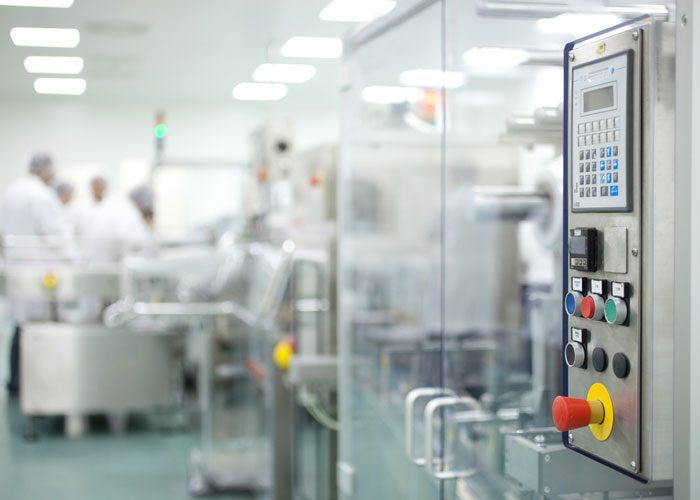How good design improves energy efficiency
Posted: 14 December 2017 | Dr Zara Kassam (Drug Target Review) | No comments yet
In April 2018, changes to energy efficiency regulations will mean that every non-domestic privately rented property must have an EPC rating of at least an E. Here, John Rush, discusses three tips for improving the energy efficiency of HVAC systems in laboratories…


In April 2018, changes to energy efficiency regulations will mean that every non-domestic privately rented property must have an energy performance certificate (EPC) rating of at least an E. Energy efficiency is vital in meeting regulations, cutting costs and minimising carbon emissions. Here, John Rush, heating, ventilation and air conditioning (HVAC) and mechanical services subject matter expert (SME) at cleanroom and laboratory design and construction specialist, Boulting Environmental Services, discusses three tips for improving the energy efficiency of HVAC systems in laboratories.
When designing a facility, it must be safe, comfortable and energy efficient. Energy efficiency can be achieved in a number of ways, but making improvements to HVAC systems can be one of the most significant, particularly in laboratories.
Laboratories contain large HVAC systems to control airflow and temperature, which means they consume a large amount of energy per square metre. By implementing good HVAC system design, the carbon footprint of a laboratory can be dramatically reduced.
In a commercial building, ventilation requirements of a typical office mean that approximately 4 Air Changes per Hour (ACH) are acceptable. However, laboratories usually require 8 to 30 ACH. This puts a higher demand on the HVAC system and in turn, requires much more energy.
One way designers can improve energy efficiency is by reducing contaminant sources, as this lessens the required number of ACH. This can be done with behavioural changes and good operational practices, like removing empty containers and keeping containers sealed. The designer can then identify the right volumetric flow rates and create a low energy HVAC design.
Designers can also introduce Direct Digital Controls (DDC) to provide variable flow control for fume cupboards and supply air, depending on occupancy and usage. Automatic occupancy controls can reduce the air change rates when there is reduced fume cupboard use, together with reduced overall flowrate during unoccupied periods, reducing energy usage of the HVAC system.
To further increase energy efficiency, designers can consider energy recovery technology, such as plate heat exchangers or run around coils. It may be necessary to protect these against chemicals, which can be done using stainless steel, vinyl coating or by using tinned coils. Though additional fan energy is needed, low-pressure loss, high-efficiency heat exchanger design will improve the energy efficiency of the facility.
As well as minimising the air change rate and energy recovery, the designer can reduce energy used by the extraction fan. Traditional use of fresh air make-up, to maintain stack discharge velocity, can be more energy intensive than using a variable stack orifice or multi-stack discharge.
Operational considerations are important in laboratory use. Once the laboratory is in operation, the owner can track energy goals and performance to aid continuous improvement. Keeping an eye out for areas of improvement can develop the facility further; it is important to keep the designer in the loop with this process so that technical considerations do not restrict the best practice.
Laboratory owners can benefit from partnering with an experienced laboratory design and construction specialist to obtain the best possible energy efficiency, a crucial part of which is by good HVAC system design. This will help organisations operate laboratories which are energy efficient, comfortable and safe.
Related topics
Lab Automation
Related organisations
Boulting Environmental Services
Related people
John Rush



